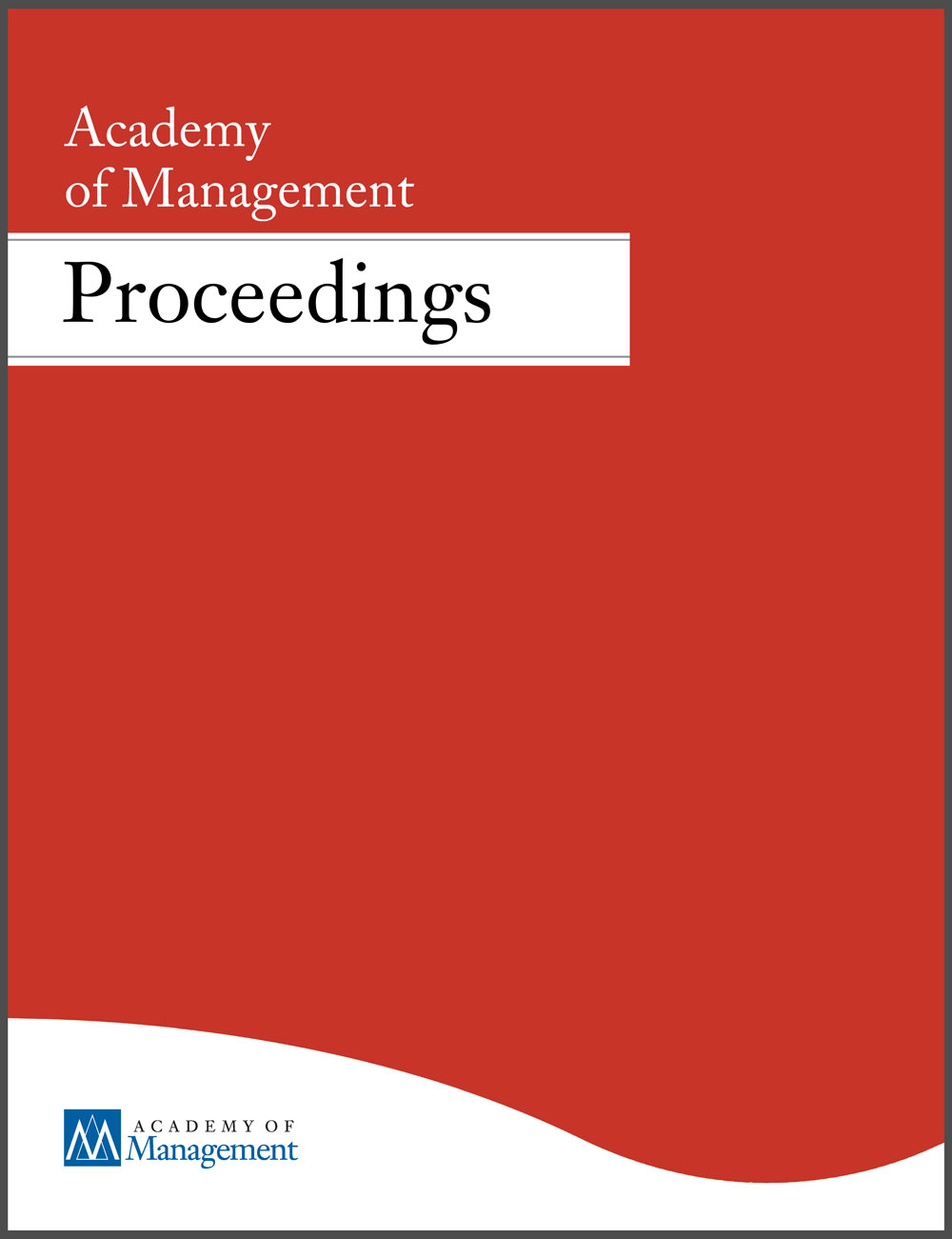Academic articles
Practitioner articles
Working papers
Books
Book chapters
Case studies
Other publications
Subject(s)
Finance, accounting and corporate governance
Keyword(s)
Sovereign debt crisis, banking crisis, risk-shifting, regulatory arbitrage, home bias, moral suasion
JEL Code(s)
G01, G21, G28, G14, G15, F3
We show that eurozone bank risks during 2007-2013 can be understood as “carry trade” behavior. Bank equity returns load positively on peripheral (Greece, Italy, Ireland, Portugal, Spain, or GIIPS) bond returns and negatively on German government bond returns, which generated “carry” until the deteriorating GIIPS bond returns adversely affected bank balance sheets. We find support for risk-shifting and regulatory arbitrage motives at banks in that carry trade behavior is stronger for large banks and banks with low capital ratios and high risk-weighted assets. We also find evidence for home bias and moral suasion in the subsample of GIIPS banks.
With permission of Elsevier
Volume
115
Journal Pages
215–236
Subject(s)
Finance, accounting and corporate governance
Keyword(s)
Hedge funds, money flows, extrapolative expectations, law of small numbers, performance streaks, relative weights, smart money
JEL Code(s)
G11, G12, G14, G23
View all ESMT Working Papers in the ESMT Working Paper Series here. ESMT Working Papers are also available via RePEc, EconStor, and the German National Library (DNB).
Pages
92
ISSN (Print)
1866–3494
Subject(s)
Marketing
Keyword(s)
Wine, prestige, authenticity, brand, luxury
Volume
January/February
Journal Pages
38–43
Subject(s)
Economics, politics and business environment
Volume
1
Subject(s)
Information technology and systems; Technology, R&D management
Keyword(s)
Big data and analytics, business process, corporate governance, emerging ideas, innovation, Internet of things, leadership, technology
Journal Pages
15–19
Subject(s)
Marketing
Secondary Title
Handbook of persuasion and social marketing
Pages
239–266
ISBN
978-1-4408-0404-5
Subject(s)
Entrepreneurship; Marketing
Keyword(s)
Integrative Wertschöpfung in Dienstleistungen, Solutions und Entrepreneurship
Secondary Title
Kundenintegration und Leistungslehre: Integrative Wertschöpfung in Dienstleistungen, Solutions und Entrepreneurship
Pages
457–471
ISBN
978-3-658-07447-0
Subject(s)
Economics, politics and business environment
Volume
65
Journal Pages
35–49
Subject(s)
Economics, politics and business environment
Journal Pages
41–43
Subject(s)
Human resources management/organizational behavior
Keyword(s)
Error management, leadership
Errors are ubiquitous in organizations and may develop in catastrophes for the society at large. Leaders and top leaders are directly concerned as they are responsible for the errors of their organizations in addition to their own. Yet the role of leadership in handling organizational and managerial errors has been seldom explored. This panel will engage the audience with a series of insights: a) what may be expected from leaders in the management of errors; b) antecedents and outcomes of effective leadership behavior in error management; c) vivid examples of organizations where leadership issues are integrated in the management of organizational errors. The panel is composed of five scholars originating from as many countries. With expertise on industries - healthcare, aviation, nuclear energy - where errors may have severe consequences, it will propose an interactive debate that is relevant to both scholars and practitioners.
With permission of the Academy of Management
Volume
2015
ISSN (Online)
2151-6561
ISSN (Print)
0065-0668

